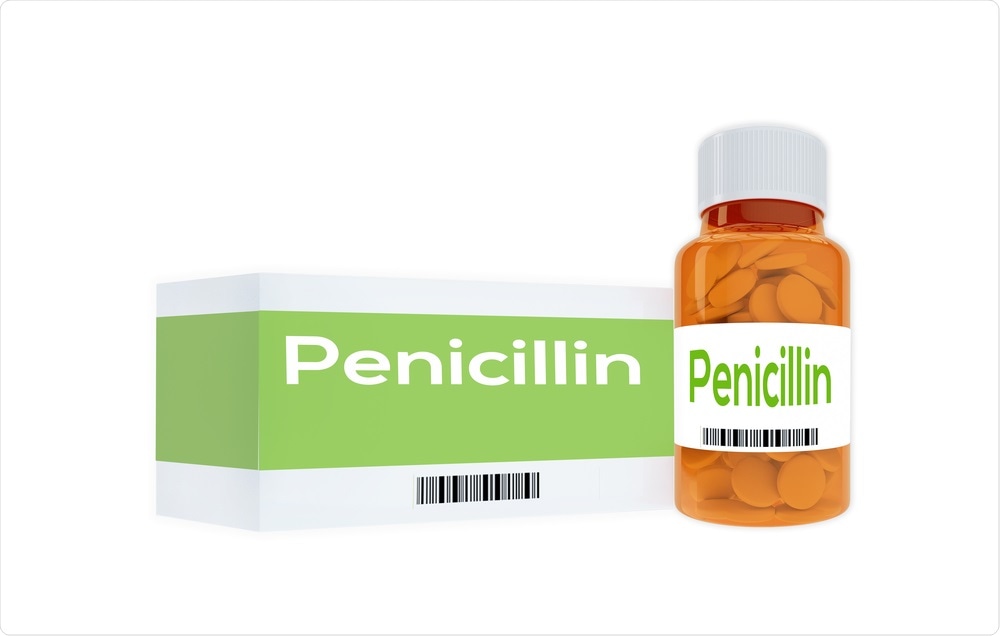I am a molecular microbiologist interested in the action of cell wall hydrolases. These enzymes are involved in many aspects of bacterial life including daughter cell separation after cell division, bacterial cell wall expansion, and remodeling.
My interest in hydrolytic enzymes started during my Ph.D. project when I discovered that the virulence of Enterococcus faecalis, a bacterium commonly found in the human gastrointestinal tract, and its ability to invade and evade the immune system depends on the activity of the major cell wall hydrolase.
During my postdoctoral research in the Foster lab, we wanted to answer a question about how hydrolases are involved in the life and death of the major human pathogen Staphylococcus aureus. We initially came up with a simple model for how the bacterial cell wall expands during growth and division and thus we established a hypothesis for what happens when this is inhibited by b-lactams.
Antibiotics have been at the center of human healthcare for years but the mechanism of penicillin has been a mystery for 80 years. Why is this?
Penicillin was discovered by Sir Alexander Fleming in 1928 and was incorporated into the treatment of bacterial infections in the 30s of the 20th century. In fact, the first documented use of penicillin happened in Sheffield.
For the last 80 years, we learned a lot about penicillin and its mechanism of action however the key puzzle of how this antibiotic causes cell death remained unknown. This wasn’t possible until recent advancements in microscopy.
In our study, we used a combination of high-resolution microscopy techniques: AFM, Cryo-ET, and SIM, which allowed us to see fine changes in the bacterial cell wall caused by antibiotic treatment.

Image Credit: hafakot/Shutterstock.com
What are β-lactam antibiotics? How do they work and what are they typically used to treat?
b-lactam antibiotics are named after a b-lactam ring present in their structure. The b-lactam ring is highly reactive. It mimics the substrate used by bacteria to synthesize peptidoglycan, the key component of the bacterial cell wall.
Once the antibiotic molecule is irreversibly bound to a peptidoglycan synthase, penicillin-binding protein (PBP), the cell growth is arrested which ultimately leads to cell death. Antibiotics that lead to the death of the cells are called bactericidal. They are extremely effective and for that reason, b-lactams are one of the most commonly used antibiotics to treat bacterial infections.
The World Health Organization (WHO) recognizes the spread of antibiotic resistance as one of today’s biggest threats to global health, food security, and development. Why is it critical to understand how antibiotics work and how does this help us to tackle antibiotic resistance?
The phenomenon of antimicrobial resistance is a global health issue. It is essential to fully understand the action of antibiotics so that we can search or develop novel molecules acting in a similar way to known antibiotics, and/or we can enhance and improve the effectiveness of already used treatments.
Knowing how antibiotics work is crucial but we also need to remember that understanding how bacteria are resistant to antibiotics is important as well.
Can you describe how you carried out your latest research into penicillin? What did you discover?
As I mentioned we developed a really simple model of how bacteria grow and expand their cell wall. This process depends on two mechanisms, synthesis, and hydrolysis. In order to grow, bacteria need to build a new cell wall that is incorporated into the already existing cell wall. To be able to add this new material, bacteria have to make space for it. This is done by cell wall hydrolytic enzymes that break down the existing cell wall. These two completely opposed processes provide cell wall homeostasis.
When we treat bacteria with a b-lactam like penicillin, synthesis is inhibited but not hydrolysis. This disrupts the cell wall homeostasis. We discovered that the ongoing hydrolytic activity leads to the appearance of holes that perforate the cell wall. Over time these holes enlarge and as a result, the cell wall integrity is disrupted which causes cell death.
What role did atomic force microscopy (AFM) play in your research?
AFM played a crucial role in this work because it allowed us to directly see the damaging holes of a few nanometres (which is a billion times smaller than the width of a human hair). Last year we published a study (Pasquina-Lemonche et al., 2020)
showing a breakthrough on the AFM use to image bacteria at the highest resolution possible. We then applied these new techniques and methods to interrogate the cells treated with antibiotics and developed new methods of image analysis to find an automated protocol to compare the different samples.
We have now a powerful tool to obtain quantitative information from the nanometric perforation hole appearing in the bacterial cell wall caused by different antibiotics. This has allowed us to tie this work together and in combination with the rest of the techniques used in this study, we were able to arrive at solid conclusions on how the antibiotics work.
.jpg)
Image Credit: Lightspring/Shutterstock.com
How will this research also help to create new therapeutics for antibiotic-resistant superbugs?
Our study identified the role of the cell wall hydrolyses in the killing effect of antibiotics. We hypothesized that if we deregulate these enzymes, we can increase the effectiveness of antibiotics. We proved this in an animal model by coadministration of an antibiotic and a compound that promotes hydrolytic activity.
What are the next steps for this research?
The next steps are to determine the molecular details and the control of cell wall growth. I would like to focus on underpinning the mechanisms and enzymes leading to the breaking of the cell wall. S. aureus has 21 cell wall hydrolases.
Despite their important role, their precise contribution to growth, division, and cell envelope integrity is poorly understood, essentially because their functional redundancy makes their study difficult. If we know the mechanism well enough then we can rationally design new therapeutic approaches.
Where can readers find more information?
About Dr. Bartlomiej Salamaga
I’m an early career scientist just 4 years after my Ph.D. I completed my undergraduate and Master’s degree in biotechnology at Jagiellonian University in Poland. During the final year of my MSc course, I did an Erasmus Placement Program in Professor Simon Foster’s lab where I had contact with super-resolution microscopy for the first time. This was one of the most important experiences that encouraged me to pursue a research career.
After finishing a Ph.D. in molecular microbiology under Dr. Stephane Mesnage’s supervision I rejoined the Foster lab as a postdoctoral researcher in 2019. My main interest focuses on peptidoglycan hydrolases and their role in bacterial cell wall homeostasis.
For more information about the Foster lab please visit: https://thefosterlab.sites.sheffield.ac.uk/home